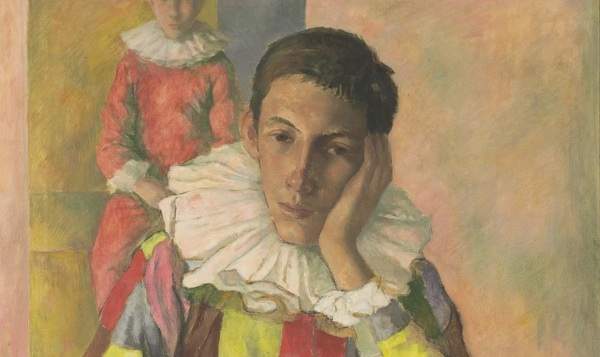Justin O’Brien: The Sacred Music of Colour
Religious imagery, especially of the Catholic variety, is often bloody and bleak, twisting a broken body around rigid lines of wood and stone. But not so in Justin O’Brien’s paintings. His works, predominantly famous for their interpretation of religious motifs, shimmer with a lush palette that you’d expect from an eccentric South American artist — […]
Overview
Religious imagery, especially of the Catholic variety, is often bloody and bleak, twisting a broken body around rigid lines of wood and stone. But not so in Justin O'Brien's paintings. His works, predominantly famous for their interpretation of religious motifs, shimmer with a lush palette that you'd expect from an eccentric South American artist — not one from Hurstville.
Born in 1917, O'Brien experienced the chaos of WWII while serving in Palestine and Greece as part of the Australian Army Medical Corps, a tour which climaxed with his incarceration in a Polish prisoner-of-war camp. This time left a lasting impression on O'Brien, leading him to create works that capture the mysterious energies of an old world through rich colours and subtle symbolism.
Though a lapsed Catholic, O'Brien won the inaugural Blake Prize for Religious Art in 1951 and had his work, The Raising of Lazarus, purchased by the Vatican. Now, for the first time since 1987, a collection of over 90 of O'Brien's works are being exhibited by the Art Gallery of NSW, giving a rare glimpse into this artist's soft-rendered world of spiritual awe.
Image: The Harlequin Boy, by Justin O'Brien





